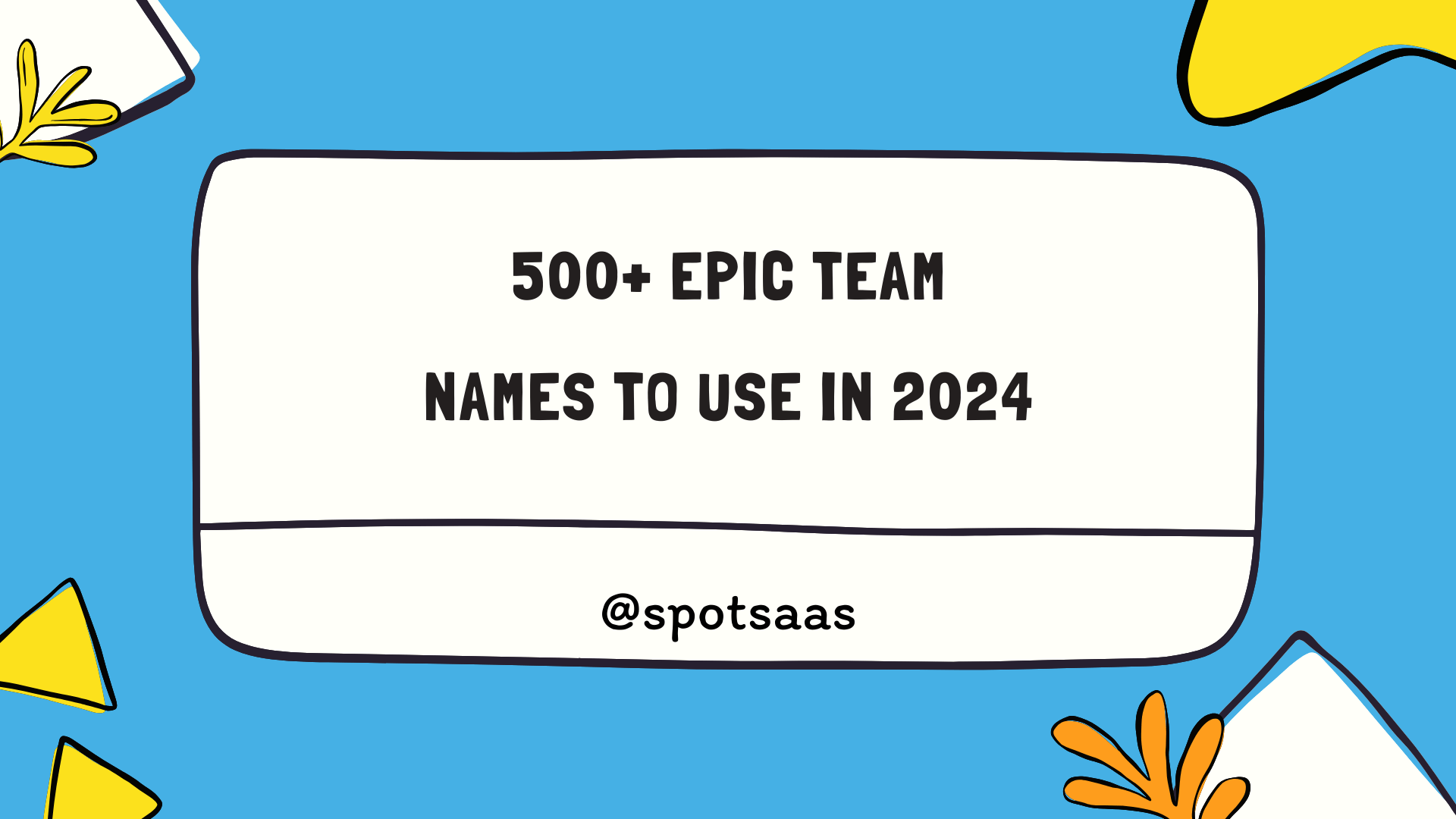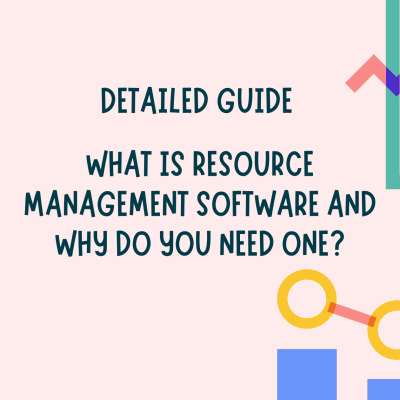How to Choose the Best Video Interviewing Software in 2024
Choosing the right video interviewing software in 2024 can be a game-changer for your recruitment process, improving efficiency, streamlining hiring, and offering a better candidate experience. With more companies opting for remote or hybrid hiring models, video interviewing software has become an essential tool.
Whether you’re an HR manager, recruiter, or business owner, knowing what features to look for, the benefits and potential challenges can help you make an informed decision. Here’s everything you need to know.
What is Video Interviewing Software?
Video interviewing software is a digital tool that allows recruiters, hiring managers, and HR professionals to conduct interviews with job candidates remotely using video technology.
This software is designed to streamline the interview process by enabling pre-recorded or live video interviews, saving time, and reducing the need for in-person interviews. With features such as scheduling, recording, automatic analysis, and AI-driven insights, video interviewing platforms can help assess candidates more efficiently.
Key Features of Video Interviewing Software
When choosing the right Video Interviewing Software, understanding the essential features can help you pick a solution that aligns with your business needs.
| Feature | Description | Why It’s Important |
|---|---|---|
| Recording and Playback | Allows interviews to be recorded and replayed later for review by other stakeholders. | Helps with collaboration among hiring teams and ensures consistency in evaluation. |
| Automated Scheduling | Integrates with calendars to automate interview scheduling for both candidates and interviewers. | Reduces back-and-forth communication, saving time and avoiding scheduling conflicts. |
| Interview Analytics | Provides data insights such as average interview time, candidate engagement, and success rates. | Helps make data-driven decisions to improve the recruitment process. |
| Pre-recorded Interview Questions | Allows candidates to answer pre-set questions via video at their convenience. | Improves flexibility for both candidates and recruiters, enabling faster screenings. |
| Integration with Applicant Tracking Systems (ATS) | Seamlessly connects with ATS tools to keep all candidate data in one place. | Helps streamline the recruitment process and ensures no important data is lost. |
| Mobile Accessibility | Allows interviews to be conducted on mobile devices. | Ensures candidates and interviewers can participate from anywhere, improving flexibility. |
Who Uses Video Interviewing Software?
| User Type | Use Case | Benefit |
|---|---|---|
| Human Resources (HR) Teams | Conducting remote interviews, screening candidates, and assessing soft skills | Streamlines the recruitment process reduces scheduling conflicts and improves candidate screening efficiency |
| Hiring Managers | Reviewing candidate responses to predefined interview questions | Allows asynchronous review of candidates, saving time and improving decision-making speed |
| Recruitment Agencies | Facilitating remote interviews for clients and providing video profiles of candidates | Enhances collaboration between agencies and clients, allows faster candidate placement |
| Job Candidates | Participating in remote interviews from any location | Provides flexibility in scheduling and improves accessibility for global candidates |
| Technical Teams | Assessing technical skills through recorded interviews and coding challenges | Offers the ability to test technical knowledge remotely and review candidates’ performance at their convenience |
Benefits of Video Interviewing Software
Video interviewing software offers several advantages to improve recruitment processes, and understanding these benefits can help you make an informed decision.
Increased Efficiency
Video interviews, especially with automated scheduling and pre-recorded responses, can drastically reduce the time it takes to screen and hire candidates.
- Impact: Faster hiring decisions, reducing the overall time-to-hire.
- Why It Matters: Streamlining your interview process ensures your company can fill open roles quickly, reducing downtime for critical positions.
Global Access to Talent
No longer restricted by geographic boundaries, video interviewing software allows you to interview candidates from anywhere in the world.
- Impact: Expand your talent pool beyond local areas, allowing you to find the best candidates regardless of location.
- Why It Matters: Businesses looking for specialized skill sets or remote employees can hire globally without logistical challenges.
Cost Savings
By eliminating the need for travel or on-site interviews, you save significant resources on transportation, lodging, and other associated costs.
- Impact: Direct savings for both candidates and companies, making recruitment more cost-effective.
- Why It Matters: Especially for startups and small businesses, reducing recruitment costs can free up budget for other important areas.
Challenges of Video Interviewing Software
While video interviewing software has numerous benefits, there are a few challenges to consider:
Technical Glitches
Video lag, audio issues, or software crashes can disrupt interviews and lead to a poor candidate experience.
- Impact: Candidates may have difficulty showcasing their skills or connecting with interviewers.
- Solution: Opt for software with reliable customer support and troubleshooting features.
Impersonal Experience
Pre-recorded interviews may seem less engaging compared to live interactions.
- Impact: Candidates might feel disconnected, reducing their motivation and performance.
- Solution: Strike a balance by using a mix of live and pre-recorded interview options.
Data Security Concerns
Recording and storing interview data comes with privacy risks, especially in regions with strict data protection laws.
- Impact: Mishandling sensitive data could lead to compliance issues and harm your company’s reputation.
- Solution: Ensure the software complies with security regulations like GDPR or CCPA.
Alternatives to Video Interviewing Software
For businesses not yet ready to fully adopt video interviewing technology, or for those with simpler needs, consider the following alternatives:
| Alternative | Description | Why It’s Used |
|---|---|---|
| Phone Interviews | Conducting interviews via phone calls. | A straightforward method for initial screenings when video isn’t necessary. |
| In-Person Interviews | Traditional face-to-face interviews. | Useful for local candidates and positions requiring hands-on evaluations. |
| Text-Based Screening Tools | Using chatbots or text-based platforms for initial candidate screening. | Speeds up the first round of candidate evaluation, ideal for high-volume hiring. |
Cost Considerations
The cost of video interviewing software varies widely depending on features and company size.
Free Options
Some video interviewing tools offer free versions with limited features. These are suitable for small businesses or those with low hiring volumes.
Mid-Range Plans
Many providers offer packages ranging from $50-$200 per month, often based on the number of users or interviews conducted. These plans typically include standard features like scheduling and recording.
Enterprise Solutions
For larger organizations, enterprise-level solutions with advanced features like interview analytics and bulk scheduling can cost upwards of $500 per month or more.
How to Choose and Buy the Best Video Interviewing Software
When selecting the right software, follow these steps:
Assess Your Needs
Determine your company size, interview volume, and specific requirements like mobile accessibility or integration with existing systems.
Read User Reviews
Look at reviews from other users, particularly those in industries similar to yours. This can help gauge reliability and effectiveness.
Test the Software
Many providers offer free trials or demos. Test a few platforms to see which aligns best with your workflow.
Check for Customization Options
Ensure the software allows you to customize interview formats, branding, and workflows according to your needs.
Consider Scalability
If your company is growing, make sure the software can scale with you, both in terms of features and pricing.
Implementation
Implementing video interviewing software requires planning, especially if you’re transitioning from a more traditional hiring process. Consider the following:
Onboarding and Training
Ensure your team is well-versed in how to use the software, from scheduling interviews to reviewing candidate videos.
Integration with Existing Systems
Make sure the video interviewing software can integrate with your existing tools like your ATS or HR system to keep things streamlined.
Candidate Experience
Prioritize the candidate’s experience. Make sure that your interview process is smooth and that candidates receive clear instructions on how to use the software.
Latest Trends in Video Interviewing Software
The world of video interviewing software is rapidly evolving, with several exciting trends emerging in 2024:
| Trend | Description | Impact |
|---|---|---|
| AI-Powered Candidate Evaluation | AI tools analyze facial expressions, tone, and word choice to assess candidate suitability. | Automates candidate assessment, reducing bias and ensuring faster decision-making. |
| Mobile-First Interview Platforms | More platforms are focusing on mobile accessibility, ensuring that candidates can interview from anywhere. | Improves accessibility for candidates, particularly those applying for roles remotely or in different time zones. |
| Interactive Candidate Assessments | Incorporating interactive assessments such as coding challenges or problem-solving tasks within interviews. | Helps recruiters evaluate a candidate’s real-time skills and adaptability, ensuring the best hire. |
| Bias Detection Tools | Software increasingly integrates AI that flags biased questions or evaluations during the interview process. | Ensures fairer interviews by highlighting areas where unconscious bias may affect decision-making. |
| Enhanced Data Security | With stricter regulations, platforms are improving their data encryption and compliance with global privacy standards. | Increases trust among users, ensuring candidate and company data is secure during the hiring process. |
Conclusion
Choosing the right video interviewing software in 2024 requires careful consideration of your organization’s specific needs, budget, and future goals. Whether you are a small business looking for cost-effective solutions or a large enterprise needing scalable software, the right tool can streamline your recruitment, enhance the candidate experience, and provide actionable insights to optimize your hiring process.
Keep in mind the key features, challenges, benefits, and alternatives discussed here as you evaluate your options. With the latest trends in AI integration, mobile-first platforms, and data security, video interviewing software will continue to play a critical role in hiring for years to come.




